What is Arts in Medicine and NeuroArts?

In this blog page, we ‘ll talk about Arts in Medicine, NeuroArts, researches, art history, art travel, museums ,sculpture and so on.. All about ART..
As a physician, I realized, how important it is to use the Arts in the healthcare field for the patients to get a chance to focus their attention on something other than their pain and discomfort and to transfer them to the area of creativity as well as how helpful it is for the health workers dealing with burn-out .
Creativity is not only for artists.Creativity allows us to exist.When we are doing something we love, we are present in the moment.This is like an active meditation.Creativity make us realized the harmony of our life, relieve our anxiety, and help us to regenerate our equilibrium.
While we are doing something we love , we bond with our SELF and develop a deeper relationship with ourselves.We stop judging ourselves when doing something we love, even if it’s small and easy. Just like children we can become happy by creating without caring what others think.We can return to our childhood by taking a break from the responsibility of adulthood. We can play the game again.
Think about using this creativity and arts in the healthcare field !
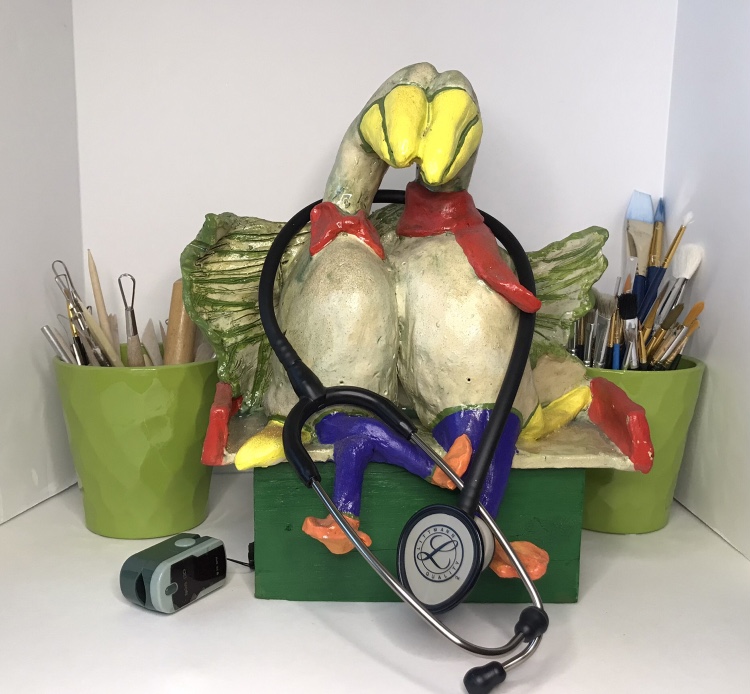
What is ARTS in Medicine ?
Arts in Medicine is the discipline that engages the arts in the healthcare fields and settings to enhance health, wellness, and the healthcare environment.Engaging art enhances the health and links the body and mind together. Art provides patients, their families, and caregivers with opportunities for creative engagement and expression that support health and well- being.**Arts in Medicine transform and humanize the healthcare environment. They also facilitate creative engagement and “flow state“ by means of literature, performance, visual arts, and design. In addition, it provides the opportunity to rediscover the link between creativity and medicine.
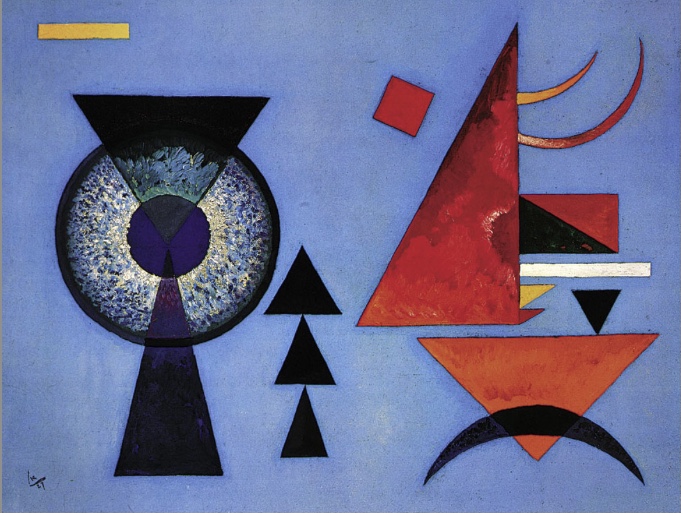
There is no must in Art , because Art is free
-Wassily Kandinsky –
In the United States, the Art Therapies were built in between the 1930-1960s, and several programs developed independently in the 1980s, and in 1990 , established the Society for The Arts in Healthcare,the professional association for the field that is known today as the Arts & Health Alliance.** The Arts are now being used within healthcare institutions worldwide.The international arts in the medicine movement represents a rediscovery of the links between body, mind and the unity between the creative and medical arts.*
Globally ,Australia,Canada,Cuba,Finland,New Zeland, Sweden, and the United Kingdom are among the countries that have moved further and faster to active use of arts and aesthetic experiences to support health and wellbeing.*

What is NEUROARTS?
NeuroArts is originated from the field of neuroaesthetics which specifically explores underlying brain mechanisms that engage in arts and aesthetics experience. NeuroArts is defined in NeuroArts Blueprint as the transdisciplinary and extradisciplinary study of how the arts and aesthetic experiences ( means feelings, emotions, and perceptions that derived from any art modality) measurably change the body, brain and behavior and how this knowledge is translated into specific practices that advance health and wellbeing.*
Semir Zeki, Professor of Neuroaesthetics at University College London, a pioneer in the field. With the help of neuroimaging technology, he has discovered that there is an area of the brain called the medial orbital frontal cortex that always “lights up,” or correlates with the perception of beauty, whether it is in response to visual, musical, mathematical, or even moral beauty.***
Why do we need engaging the Arts in healthcare fields ?

– Music helps people recover from depression and improves memory in those with Alzheimer’s disease.The visual and cognitive stimulus can evoke their memories .
– The Burnout can provide relief for healthcare workers. The soothing, reflective, and restorative power of the Arts can provides relief for physicians and healthcare workers suffering from work stress, and can help the physicians rebalance their busy lives.
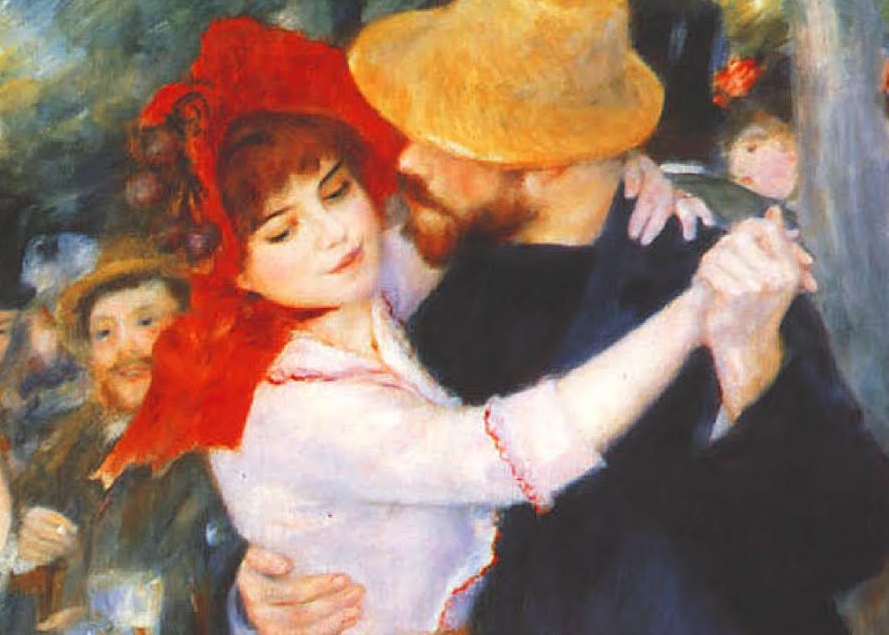
- -Movement and dance reduce the symptoms of Parkinson’s disease and fibromyalgia and improve mobility.
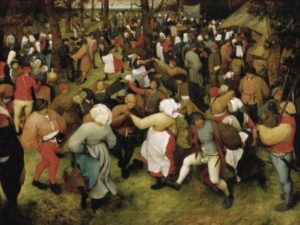
-Dance can help the elderly patients who stay in long term care facilities ,adult day-care centers, stay healthy by improving flexibility, coordination, balance and endurance, their memory and social skills.
-Bedside visits by musicians and artists also distract children from pain, provide comfort, relieve a child’s fear and anxiety.**
-Building and gardens (healing gardens ) design ,using painting that depicting landscapes in the rooms ,can improves the mental health of those working inside and also make the patients tend to be less stressed, less anxious, require less pain medication, and be ready for discharge earlier.
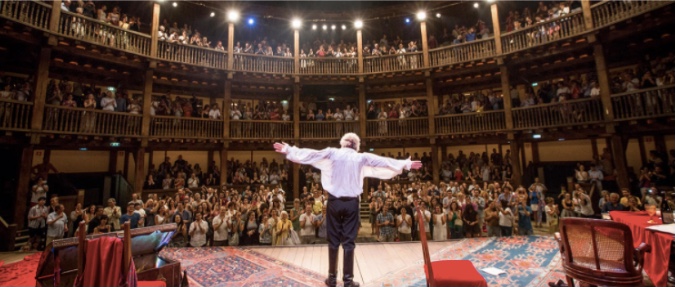
-Watching the theatrical performance lessens the toll of chronic illness or reduces the anxiety of palliative care

-Drawing helps social and emotional wellbeing in children
-The visual arts are an effective treatment for post traumatic stress disorder (PTSD) and traumatic Brain Injury **
-Creativity helps patients contribute to their own decision-making processes and recognize their feelings, thus giving them a branch to cling to life and an opportunity to express their feelings, thoughts, fears, and hopes.**
-The people with autism built social and occupational skills*
Storytelling can improve the quality of life for cancer patients ,increase lung function associated with astma, reduce symptoms and doctor visits.**
-Community arts activities can reduce isolation and increase wellbeing**.
Arts increases endorphins levels and improves the communication between nurse and patient.**
*NeuroArts Blueprint (Advancing the Science of Arts , Health , and Wellbeing is a partnership between the Johns Hopkins International Arts+Mind Lab,The Center for Applied Neuroaesthetics (IAM Lab ) and The Aspen Institute’s Health ,Medicine &Society Program (HMS)
**University of Florida Center of Arts in Medicine
***thecrimson.com/Beauty and the Brain: The Emerging Field of Neuroaesthetics


Art is not what you see, but what you make others see
-Edgar Degas –